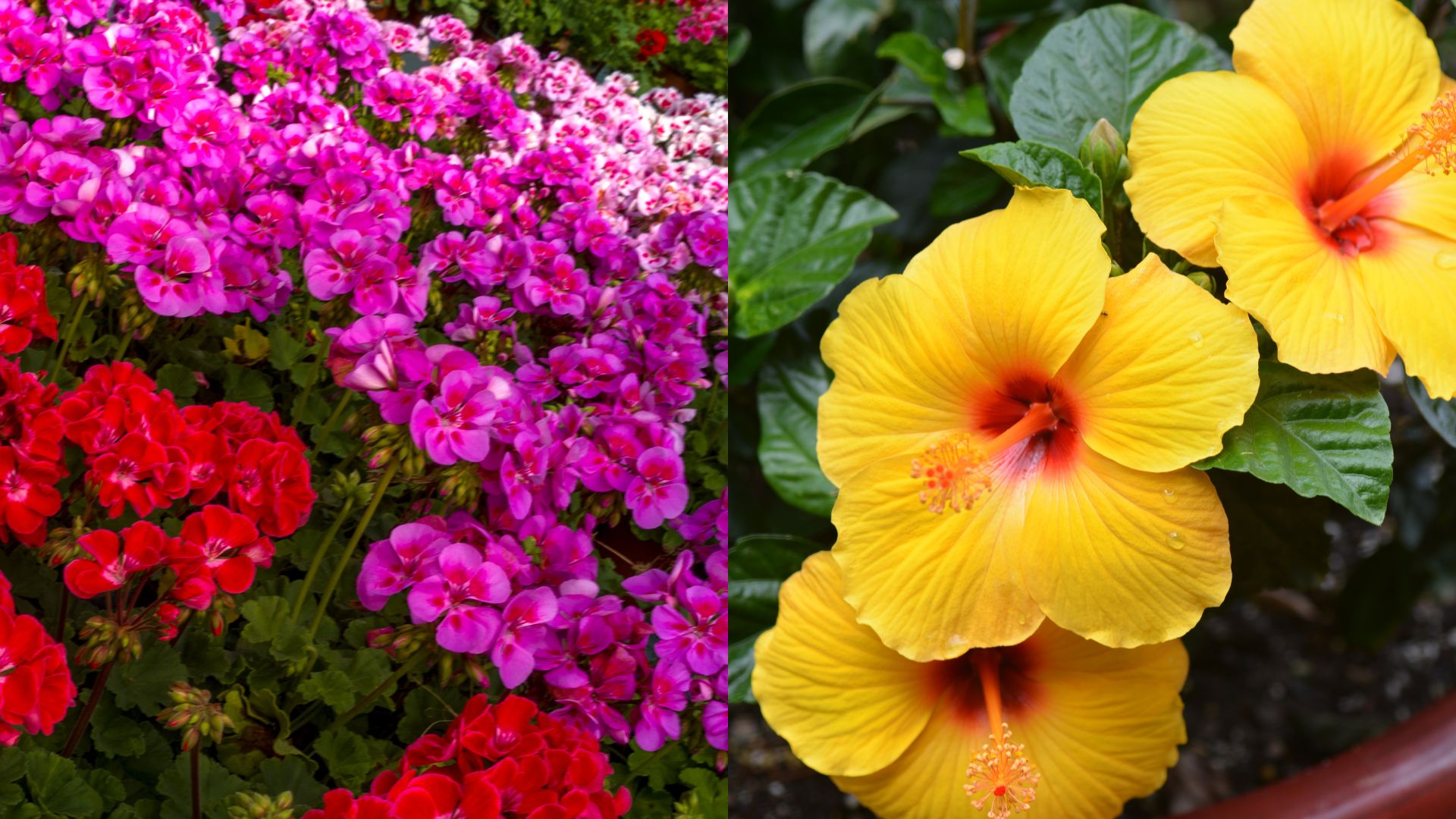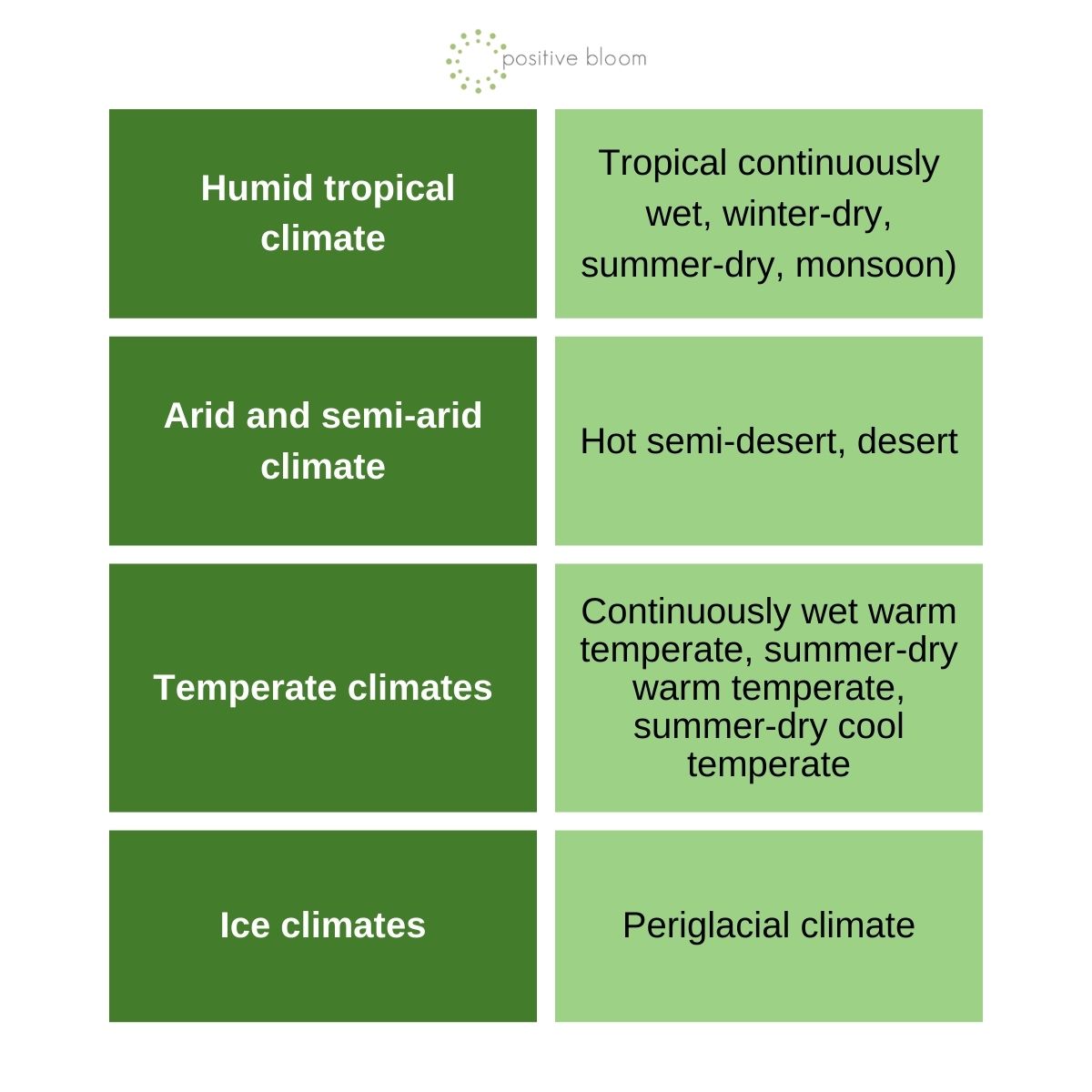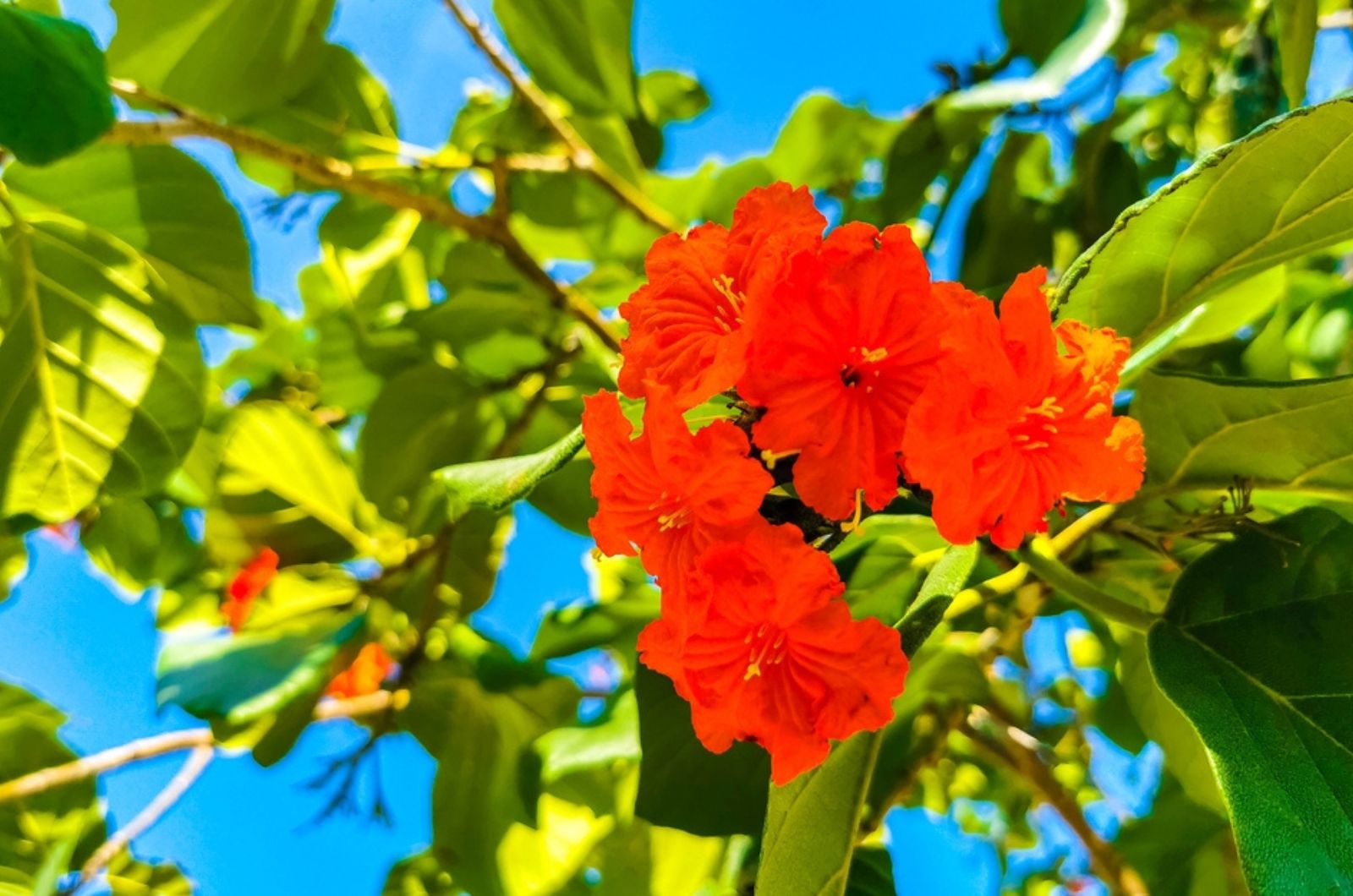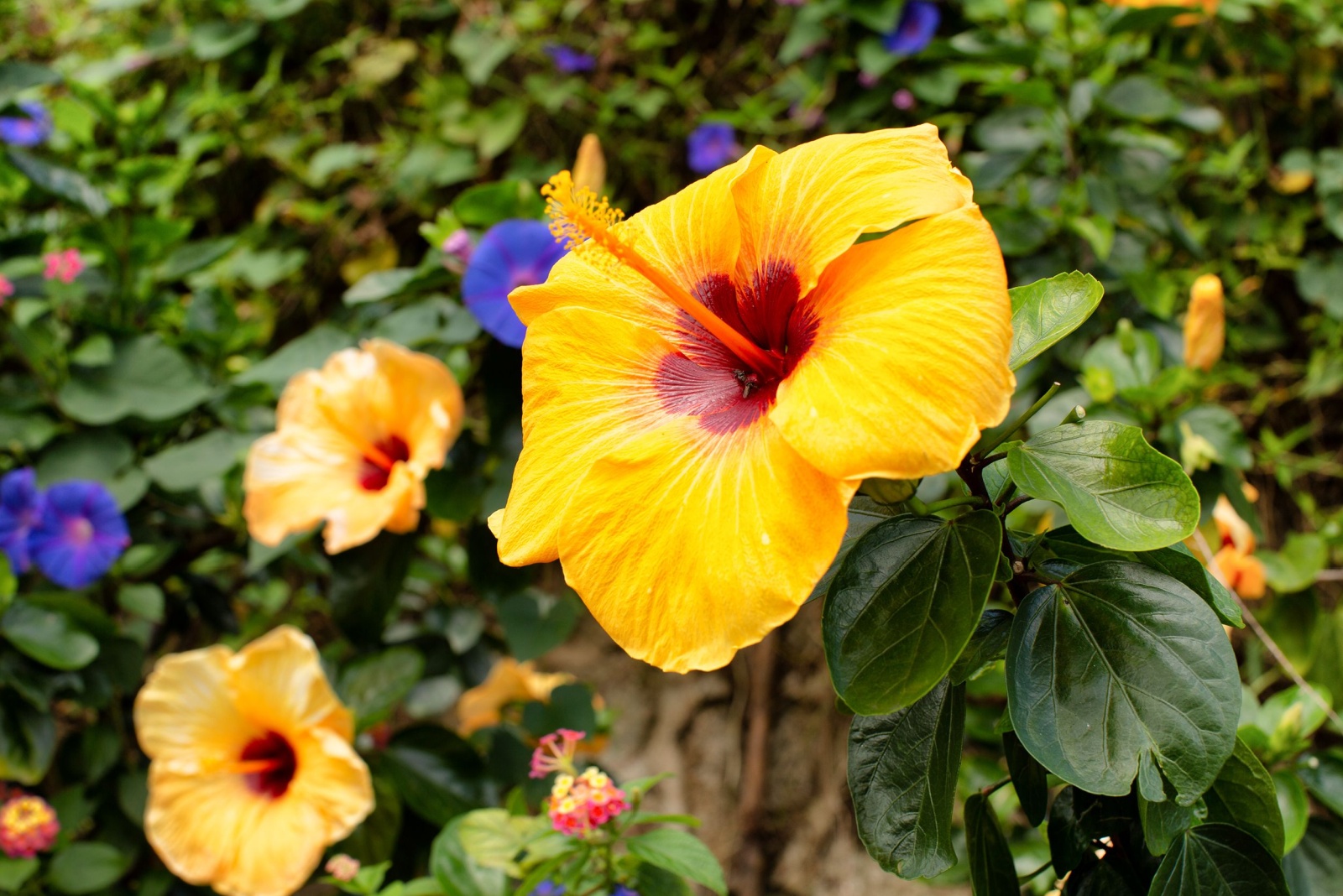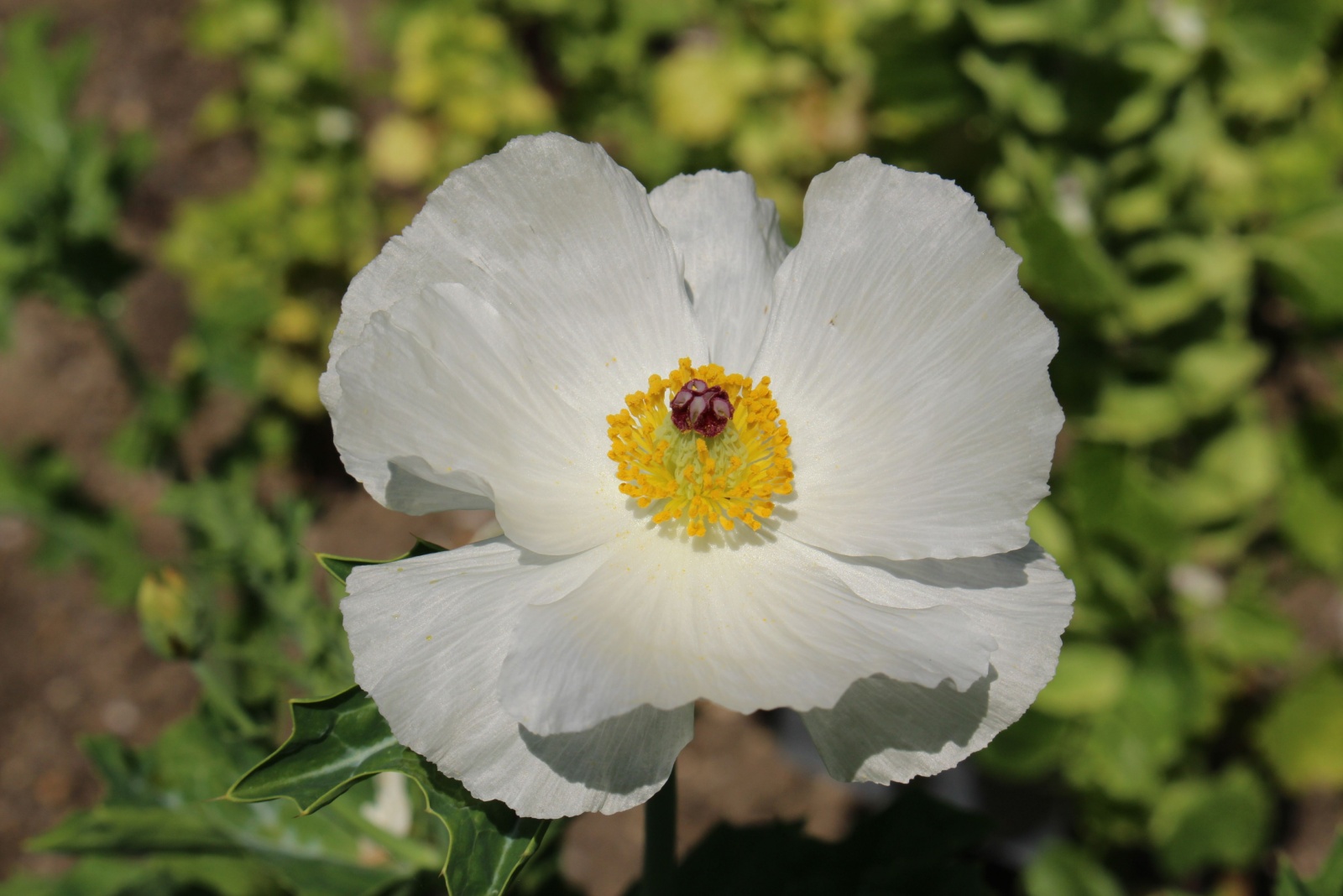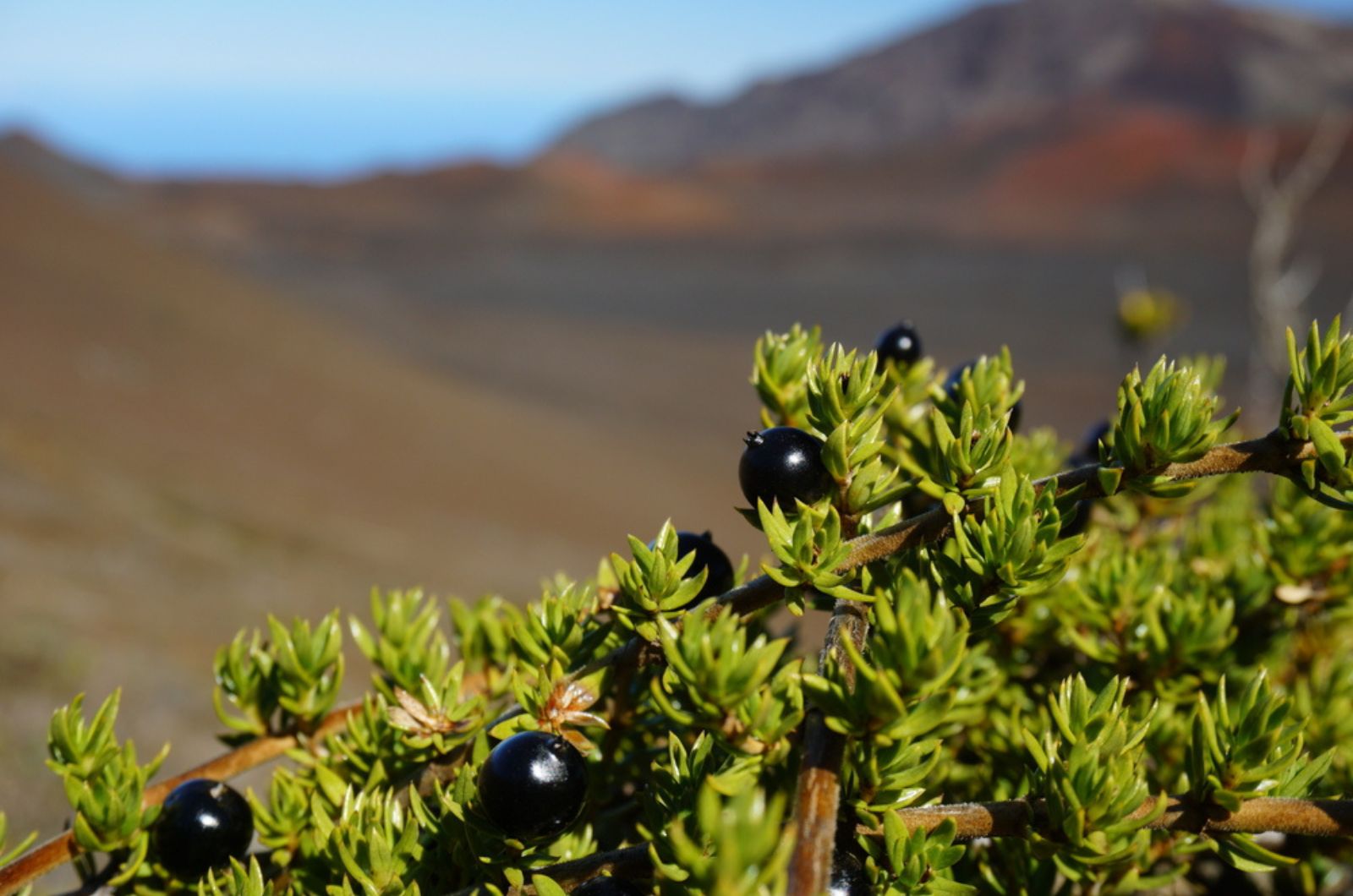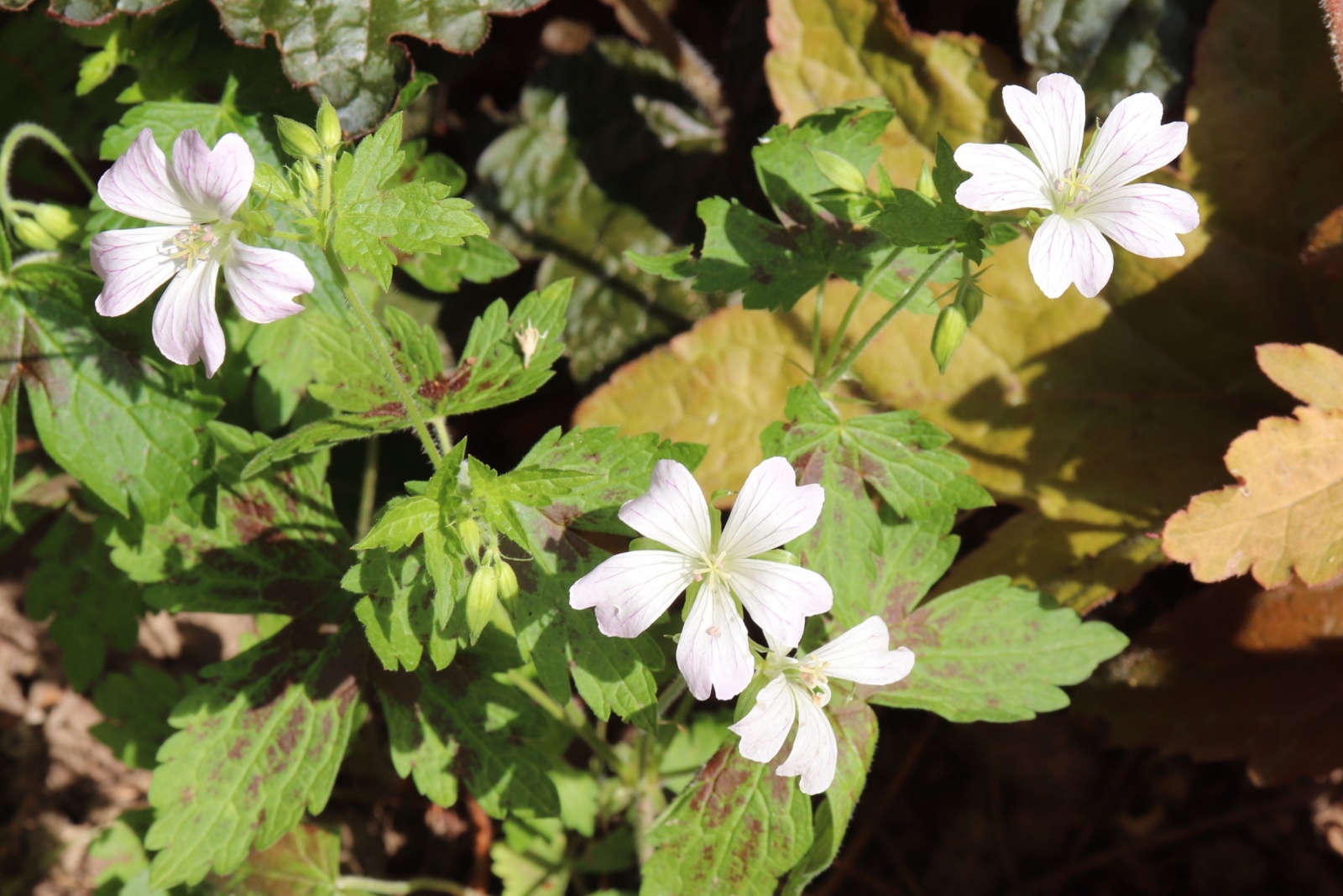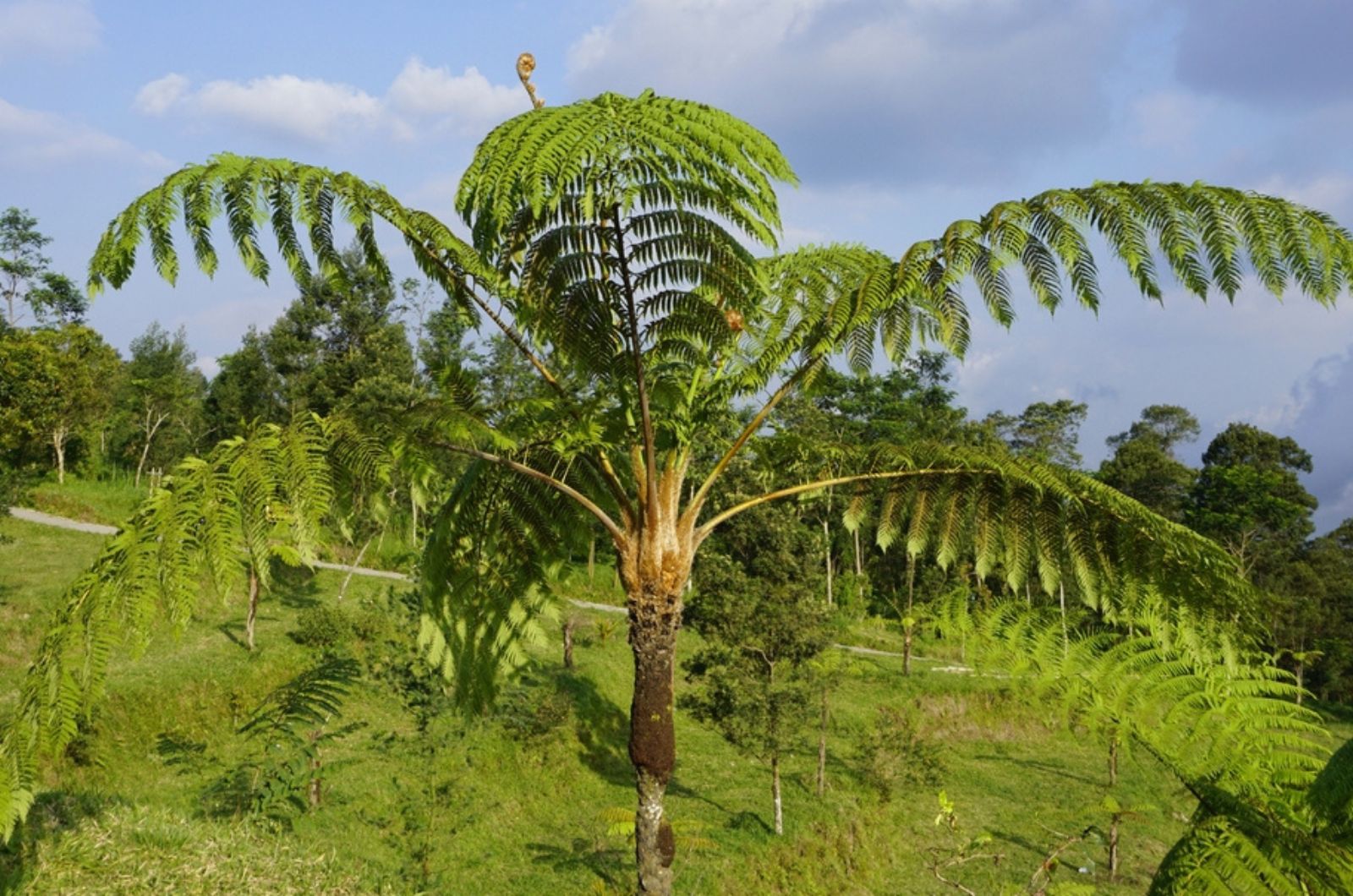Besides beautiful weather, amazing beaches, tropical rainforests, and diverse ecosystems, Hawaii is also home to one of the most incredible plants in the world!
With their vibrant colors, unique forms, and delightful fragrances, these plants can simply take your breath away.
In this article, we are going to talk about Hawaii native plants. So, let’s discover the beauty of Hawaii’s botanical treasures!
Get To Know Hawaii’s Climate
Hawaii never stops surprising us, even with its climate – it has ten out of fourteen climate zones, which you can visit if you ever go to Hawaii Island.
This is the only place on our planet with so many different climates concentrated in the same area; and is why Hawaii is rich with interesting plants and wildlife.
You can find three climate zones:
The period between mid-January to mid-April is considered the coldest on the island, while the hot season lasts from June to October. Plant life also changes according to the climate, which is why it is important to figure out the climate you live in.
Let’s meet them!
Also check: 15 Iowa Native Plants That Can Spruce Up Your Garden
1. Kou (Cordia Subcordata)
Kou, otherwise known as Cordia Subcordata, is a beautiful perennial tree that exhibits glossy leaves and gorgeous orange flowers. It can grow up to 35 feet tall, although it usually stays much smaller.
The tree has a rounded canopy and a spreading growth habit. It also produces edible white seeds but they don’t have any unique flavor.
Kou thrives in full sun, but it can also grow in partial shade. It is moderately wind tolerant but doesn’t do well in heavy, acidic soil.
2. Ma’o Hau Hele (Hibiscus Brackenridgei)
The famous Hawaiian yellow hibiscus, also called Ma’o Hau Hele and Brackenridge’s Rosemallow, is a beautiful shrub that grows from 6 to 33 feet high and produces vibrant, yellow flowers. This is the state flower of Hawaii and it symbolizes the beauty and spirit of the islands.
Glossy green leaves combine perfectly with yellow flowers, creating a wonderful display in the garden.
This shrub prefers warm and humid climates. It thrives in full sun and well-draining soil. Watering is required, specifically during the drier periods.
3. Florida Hopbush (Dodonaea Viscosa)
Here is yet another shrub that produces yellowish flowers!
Florida Hopbush is a versatile shrub that exhibits flowers which are hard to spot in the beginning of their growth. After a while, they transform into showy, flower-like clusters that create wonderful scenery.
These flowers are extremely poisonous and should not be ingested. The Florida hopbush grows best in full sun and partial shade, and it can also tolerate different soil types.
If you are looking for some other bushes for shade, please consider these 11 gorgeous shrubs for shade.
4. Pua Kala (Argemone Glauca)
Pua Kala goes by many different names, including Prickly Poppy, Hawaiian Poppy, Smooth Pricklypoppy, and Hawaiian Prickly. This is a perennial herb that produces beautiful white flowers that can make any garden look more elegant.
The plant is covered in prickly spines, adding to its unique appearance. Pua Kala is known for its drought tolerance and ability to thrive in harsh environments.
It is usually found in the high elevation of subalpine mountain regions, but it is also found in low to moderate elevations on the sides of the islands.
5. ‘Aiakanene (Coprosma Ernodeoides)
Kukaenene, Black-fruited Coprosma, Nene Bush, Kanawao, Punene, and Nene Berry are just some of the names of the famous ‘Aiakanene shrub. This low-growing plant exhibits glossy leaves and yellowish flowers.
It is known for its attractive red berries, which are a food source for native birds. ‘Aiakanene is commonly found in coastal areas and provides excellent erosion control.
6. Hinahina (Geranium Cuneatum)
Hinahina, otherwise known as Silver geranium, is a perennial shrub that produces silvery-gray leaves and clusters of white and yellowish flowers. It is highly adaptable to different habitats, including coastal areas and volcanic slopes.
This shrub usually grows up to 40 inches tall, and it requires full sun to partial shade in order to grow properly.
7. Hapu’u (Cibotium spp.)
The last one on our list is Hapu’u, otherwise known as the Hawaiian tree fern or manfern. This iconic fern has large, arching fronds that unfurl from a central crown. It is a non-flowering plant but still adds beauty with its majestic appearance!
Hapu’u thrives in shaded or partially shaded areas with well-drained soil. These ferns prefer moist, humid conditions and are commonly found in higher elevations. They are generally slow-growing but totally worth the wait.

